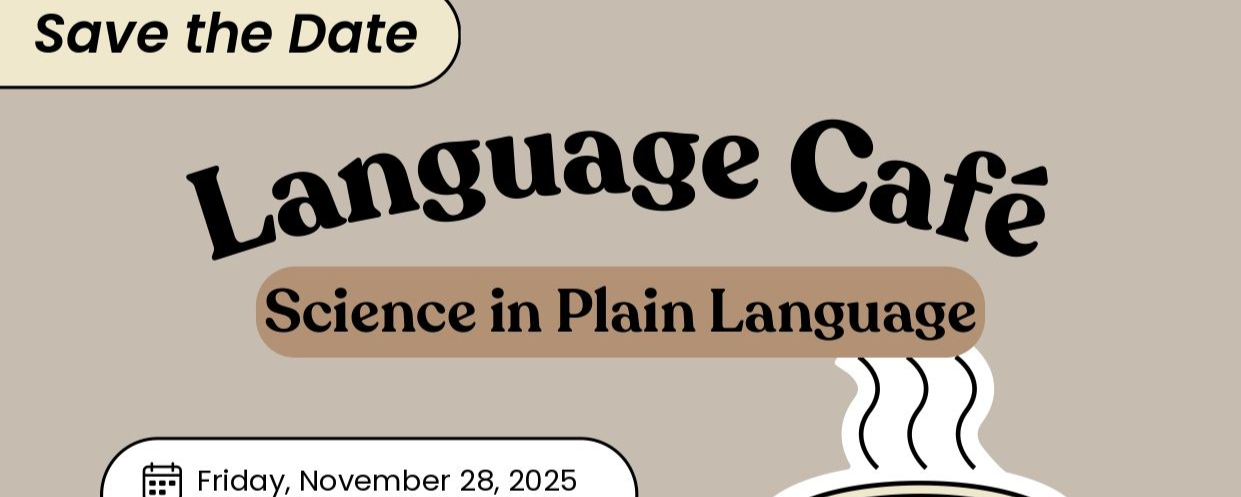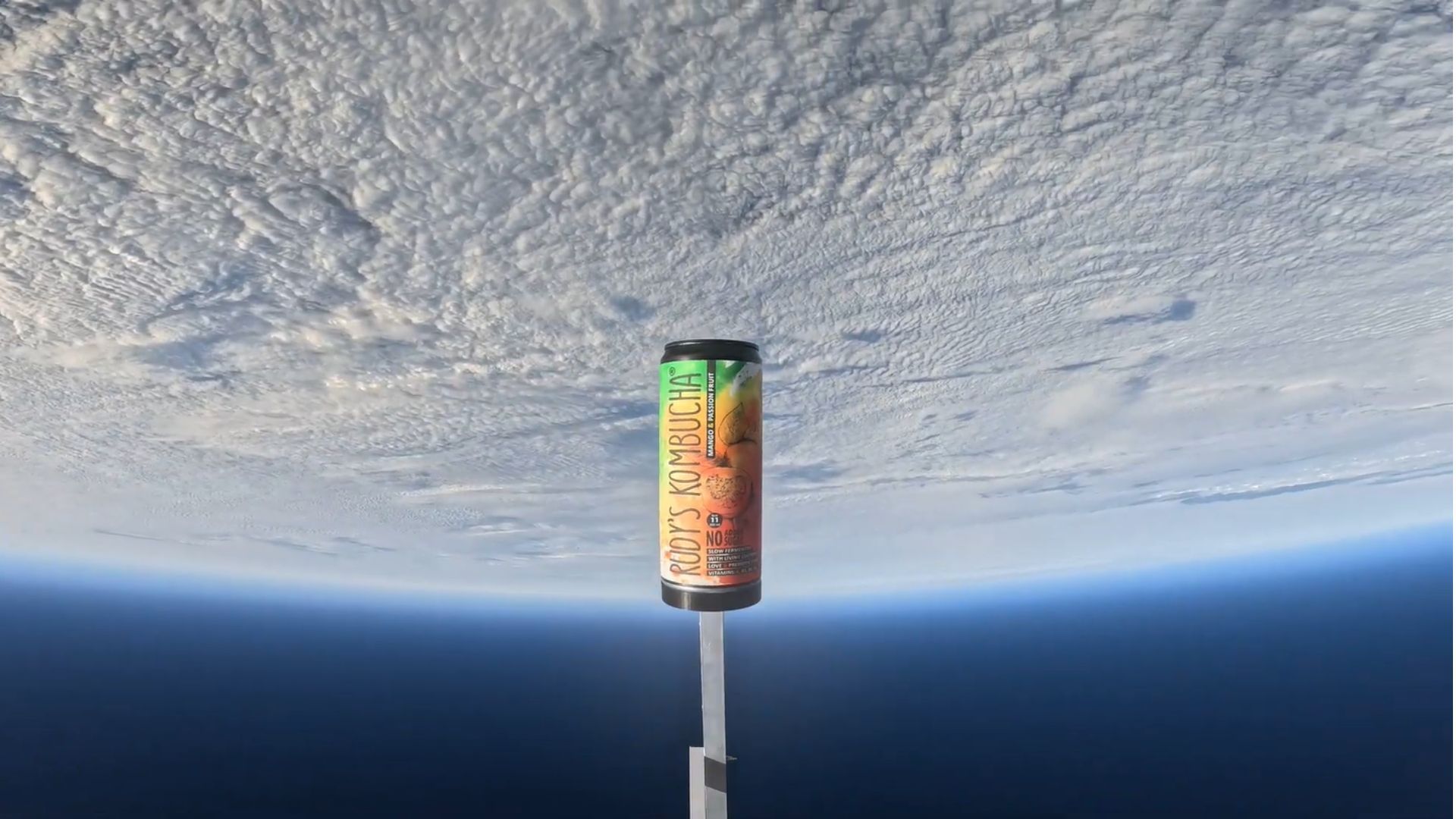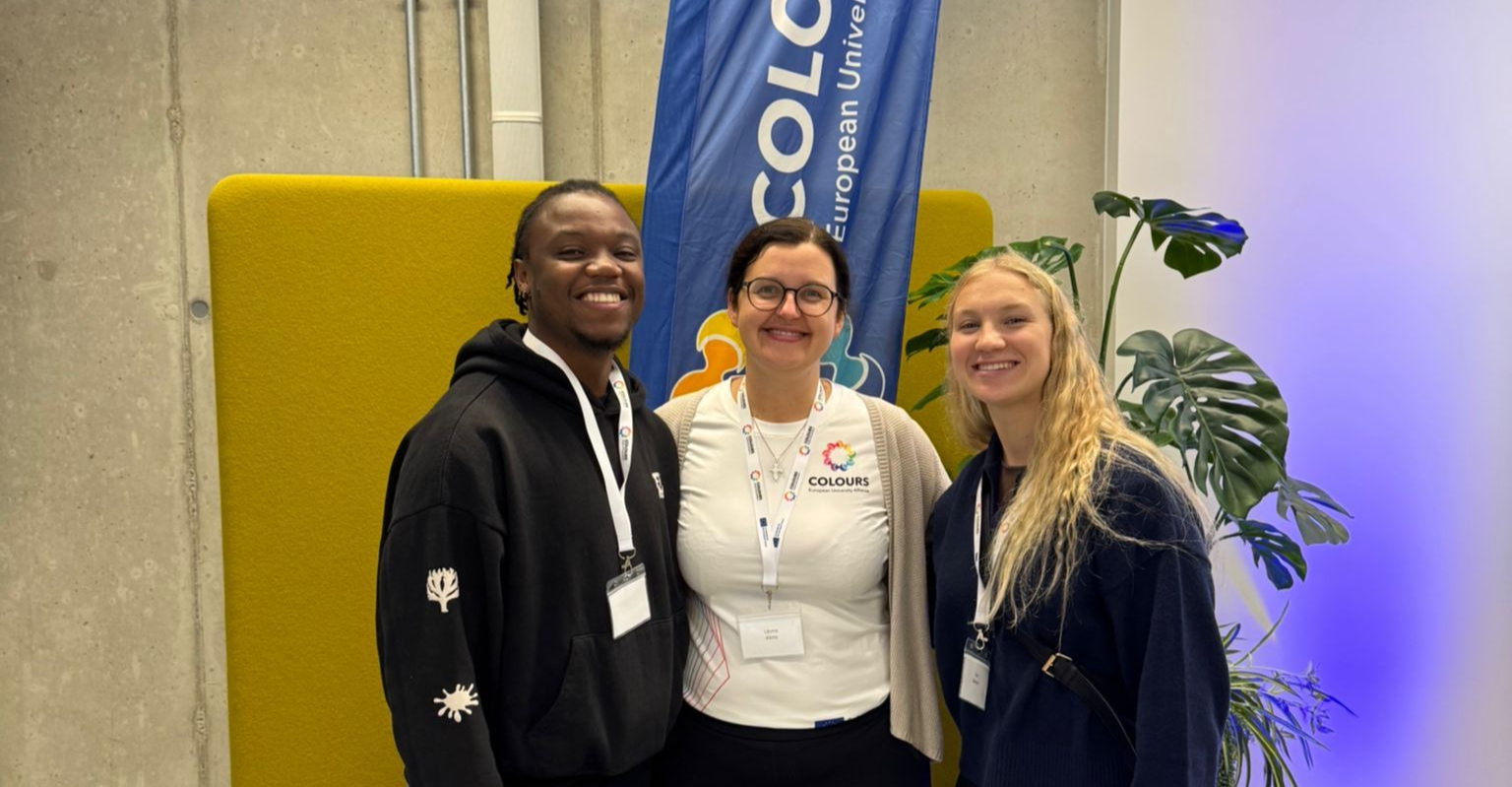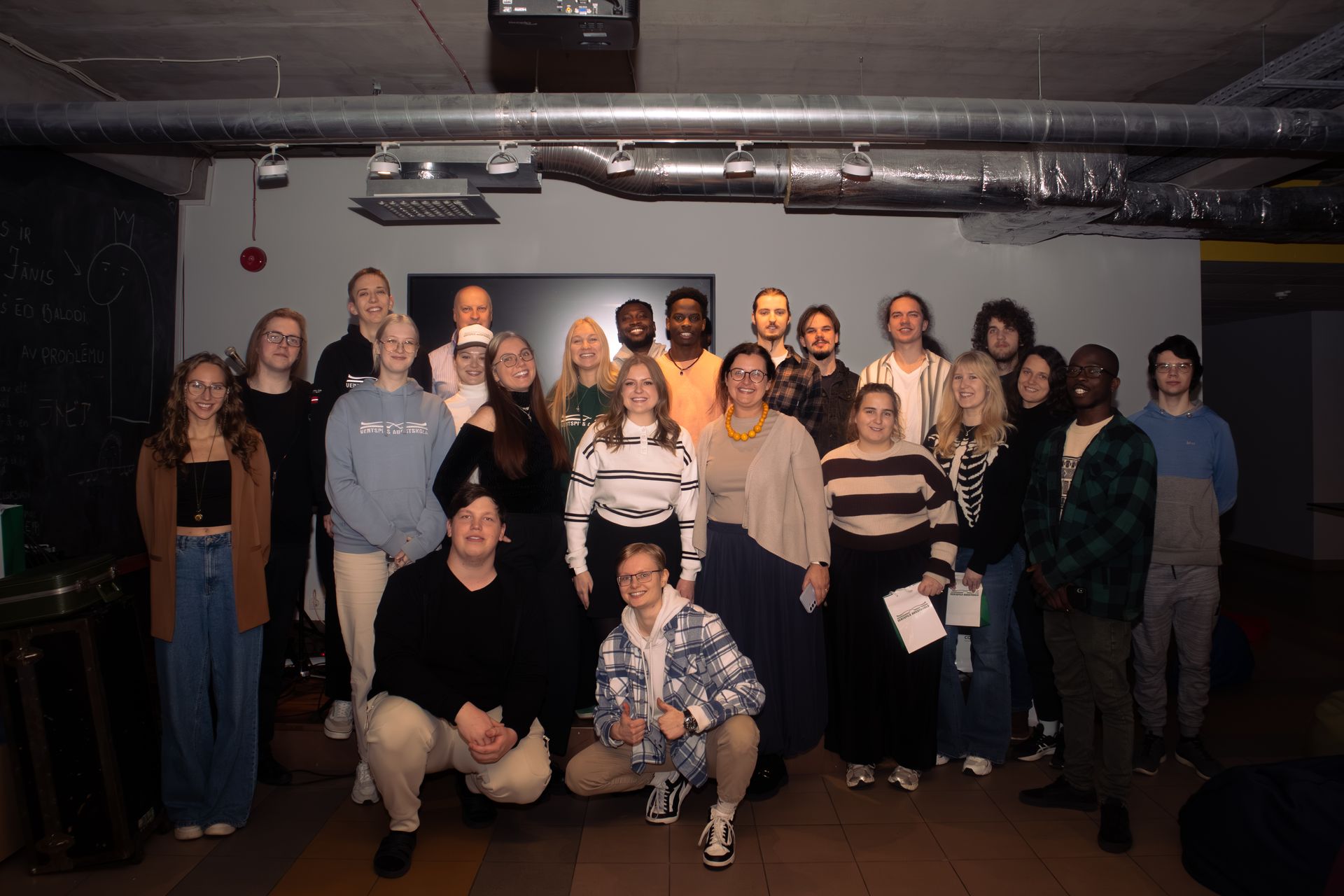A computer model created by Latvian scientists reproduces the creation of matter in deep space
For thousands of years, processes on tiny dust grains in star-forming cosmic nebulae have allowed the formation of substances that, in the case of the Solar System, were important for the origin of life and can be useful as resources for civilization. The formation of such organic and inorganic substances in the darkness of the universe has been influenced by many factors, including the temperature of various dust particles and the ability of molecules to attach, vibrate and detach from the surface of the dust particles. Many of these processes are now combined in one scientific numerical model, allowing astrochemistry simulations to provide unprecedented results.
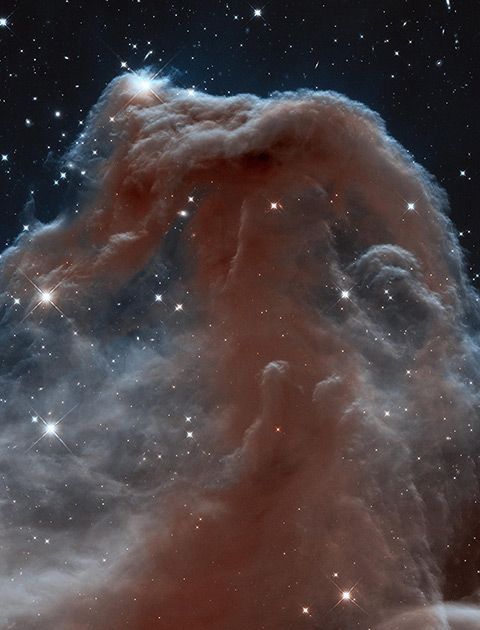
Thermal radiation from dust in the star-forming Horsehead Nebula Barnard 33 in infrared light with the Hubble Space Telescope.
"The mathematical model studied the ability of molecules to freeze on microscopic mineral dust floating in gas in cosmic nebulae. As the matter freezes, a layer of ice forms on each speck of dust."
The research study, led by Juris Kalvāns, an astronomer from the Ventspils International Radio Astronomy Center at Ventspils University of Applied Sciences, is published in Astronomy & Astrophysics, July 2024. The study uses a mathematical model to reproduce matter in cosmic nebulae in the interstellar environment. The mathematical model describes the ability of molecules to freeze onto microscopic mineral dust grains floating in the gas of cosmic nebulae. As the matter freezes, a layer of ice forms on each dust particle. For the first time, the model includes such aspects as the different size and temperature of the dust, the internal structure of the ice sheet (different composition inside and outside), as well as the escape of molecules from the ice surface back into the gas via multiple mechanisms. The model has already made it possible to understand, why the composition of interstellar ices is similar in different cosmic nebulae in all directions. It turns out that the formation of ice is regulated simultaneously by several mechanisms. If one mechanism fails for some reason, another takes its place.
Such "interstellar ice" forming on dust particles is now known to us as comets, which are nothing but a remnants of the Sun's native cosmic nebula, which have survived almost intact the life of the Sun – 4.6 billion years. The main components of interstellar ice are well-known substances – water ice, carbon monoxide and dioxide, nitrogen, ammonia, methane, and methanol. Current knowledge indicates that comets delivered "ready-to-use" essence of organic compounds to the early Earth, possibly contributing to the emergence of life on the new planet, which at that time did not carry much organic substance. Today, comets are seen as a strategic resource in space, containing the most important raw material for interplanetary bases – water. It will be needed both to maintain a human crew and to obtain rocket fuel. Comets are also rich in the hydrogen isotope deuterium, which fuels nuclear fusion reactors.
"Space chemistry research allows us both to understand our origins and create knowledge that will be needed in the future" says Juris Kalvāns. Further applications of the highly developed model by his team will bring new discoveries, including about processes during the birth of stars.
MORE INFORMATION
This research was presented in a paper entitled “A multi-grain multi-layer astrochemical model with variable desorption energy for surface species" published in Astronomy & Astrophysics (https://doi.org/10.1051/0004-6361/202450015).
Astronomy & Astrophysics is the most important scientific journal of astronomy in Europe. It was founded in 1968 as a result of the merger of the national astronomy journals of Western and Northern European countries to create a journal equal in importance to the then-recognized British and American astronomical journals.
The work was carried out in the Fundamental and Applied Research Program of the Latvian Science Council project no. lzp-2021/1-0076 "Desorption of ice molecules in the interstellar medium (DIMD)".
Link to the project: https://www.venta.lv/zinatne/projekti/ledus-molekulu-desorbcija-starpzvaigznu-vide
Scientific manager J. Kalvāns, juris.kalvans@venta.lv
Administrative manager I. Kozlova, ievako@venta.lv
Share on other platforms
Other news
